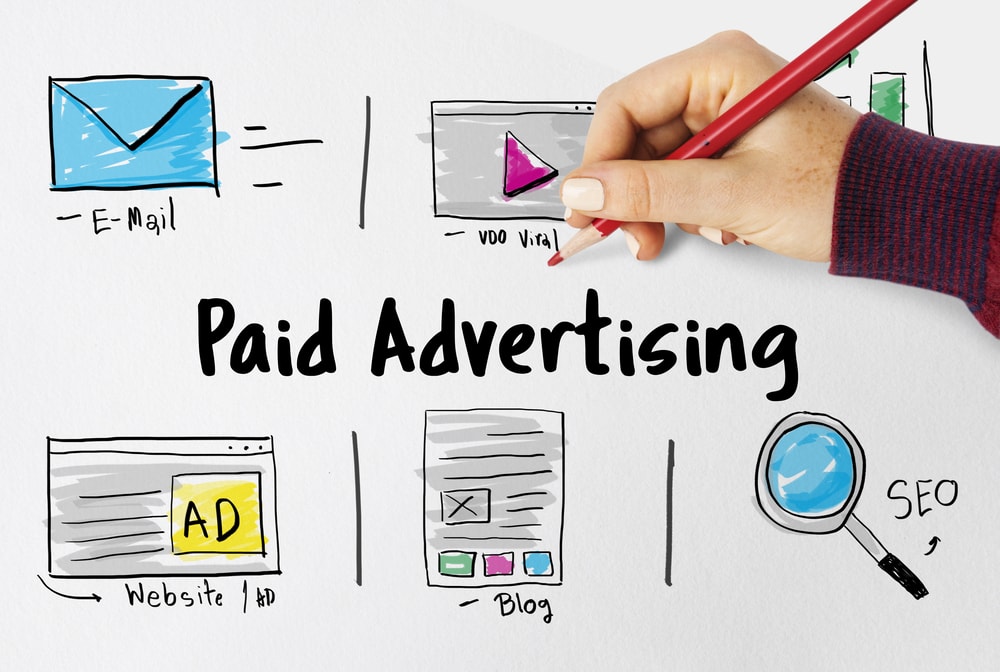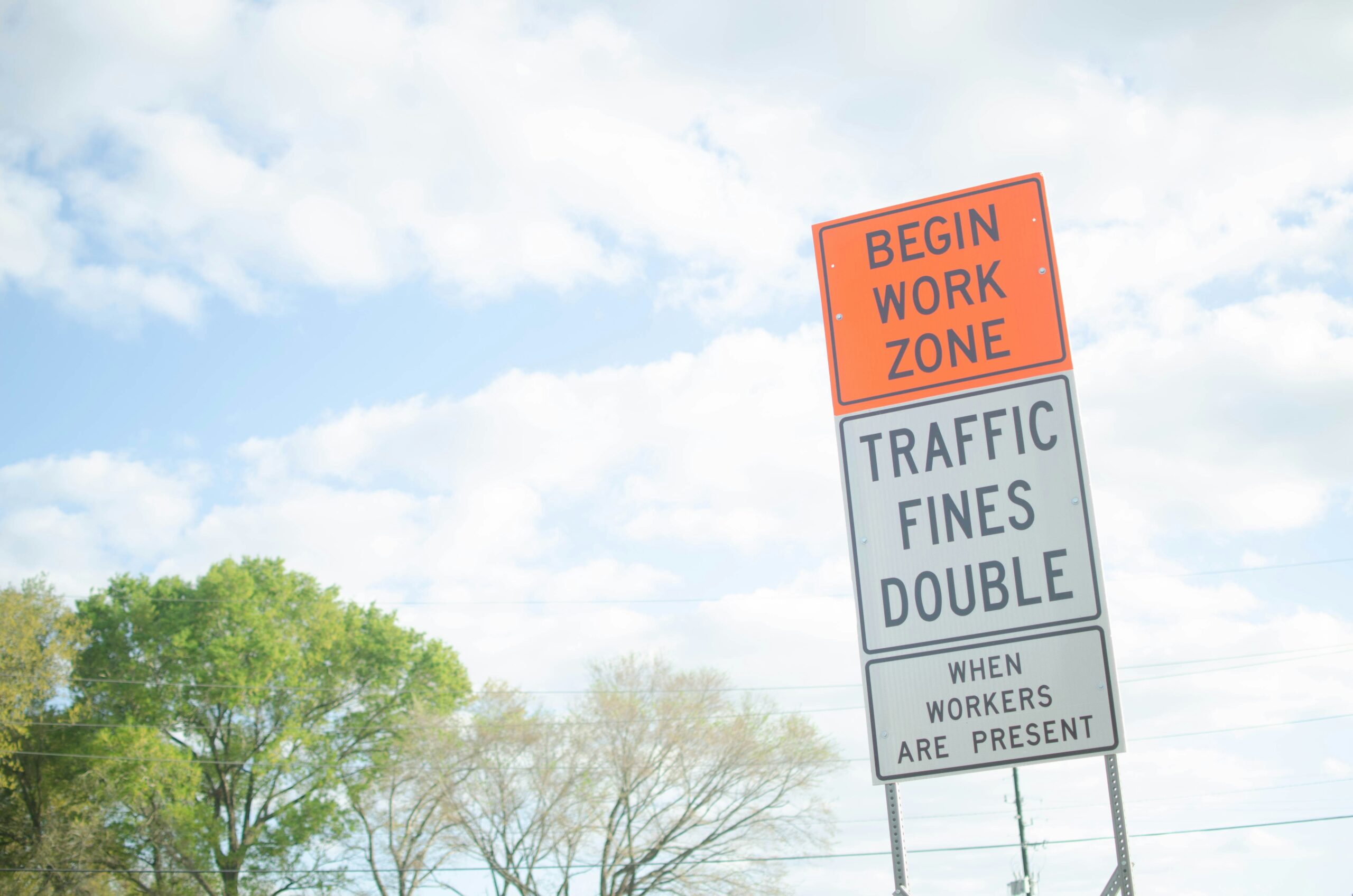Introduction
Running a profitable paid traffic campaign is one thing — scaling it without losing efficiency is another. Many marketers make the mistake of increasing budgets too fast or expanding campaigns without a clear plan. The result? Higher costs and lower returns. This guide will teach you how to scale your paid traffic campaigns strategically, sustainably, and profitably.
Start with a Solid Foundation
Before you even think about scaling, make sure your initial campaign is:
- Profitable
- Stable
- Consistent for at least 7–14 days
You should already have a proven funnel, tested creative, solid conversion tracking, and at least 3–4 days of consistent results.
A campaign that isn’t working on a small budget won’t magically work when you spend more. Scaling magnifies performance — both good and bad.
Understand the Two Types of Scaling
There are two main ways to scale paid ads:
- Vertical Scaling (Budget Scaling)
- Increase your daily budget on a winning ad set or campaign.
- Example: Going from $20/day to $40/day on the same setup.
- Horizontal Scaling (Audience or Campaign Duplication)
- Duplicate your winning ad set and test it with different audiences, placements, or countries.
- Example: Keep your $20/day winning ad running, and launch a duplicate with a new lookalike audience.
Which one to use?
Start with horizontal scaling if you want to keep control over costs. Use vertical scaling cautiously — always in increments of 20–30% every 2–3 days to avoid shocking the algorithm.
Use Campaign Budget Optimization (CBO) Wisely
Platforms like Facebook offer Campaign Budget Optimization, where the algorithm decides how to distribute your budget across ad sets.
✅ Use CBO when:
- You have at least 3–5 ad sets
- Each has proven performance
- You trust the platform to allocate based on results
❌ Avoid CBO if:
- You’re testing creatives or audiences
- You don’t have reliable conversion data yet
Manual ad set budgets give more control during the early stages of scaling.
Refresh Creatives to Prevent Ad Fatigue
As you scale, more people will see your ads — meaning fatigue will kick in faster. This causes your CTR to drop and your CPC to rise.
To prevent this:
- Rotate creatives every 5–7 days
- Test new variations weekly (images, videos, copy)
- Track frequency: if it hits 3.0+, refresh ASAP
Even slight changes in background color, headlines, or structure can significantly improve results.
Expand to New Audiences
Once your campaign performs well with one audience, expand horizontally by:
- Creating new lookalike audiences (e.g., 1%, 2%, 3%)
- Testing interests based on purchase behavior
- Exploring broader targeting (e.g., remove age limits)
Pro Tip: Use custom audiences from your email list or website traffic and create lookalikes from them.
Increase Bids Smartly (for Google Ads)
On platforms like Google Ads, you can scale by increasing your CPC bids, but do it smartly:
- Use Enhanced CPC (ECPC) or Target ROAS bidding strategies
- Don’t just raise bids blindly — track CPA and adjust based on conversion data
- Analyze Search Impression Share to see how much more exposure you could be getting
Use Rules and Automation
Scaling doesn’t have to mean more manual work. Use automated rules to:
- Pause underperforming ads
- Increase budget on top performers
- Alert you when CPA exceeds your goal
This keeps your campaigns healthy even if you’re not monitoring 24/7.
Track Profit, Not Just ROAS
Many advertisers look at ROAS (Return on Ad Spend) but ignore the bigger picture — profit.
Ask yourself:
- What are your actual margins?
- Are you factoring in product costs, shipping, taxes, and overhead?
- Can you afford to spend $50 to make $100, or do you need a better ratio?
As you scale, little inefficiencies multiply. Know your numbers!
Watch for Signs of Scaling Failure
You may be scaling too fast if:
- CTR drops drastically
- CPA increases 2–3x
- Conversion rate drops
- Comments on ads become negative
Always scale slowly and monitor key metrics daily. Scaling is a balance between growth and control.
Case Example: Scaling a $50/Day Campaign to $500/Day
Let’s say you run a Facebook campaign at $50/day that consistently brings in $150 in sales. Here’s how to scale it safely:
- Day 1–3: Increase to $60/day
- Day 4–6: Duplicate ad set and run at $50/day with a new lookalike audience
- Day 7–10: Launch a CBO campaign combining 3 ad sets with a $150 budget
- Day 11+: Refresh creatives and duplicate best-performing CBO into a new campaign with a $200–$300 budget
By day 14, you’re spending close to $500/day — without hurting profitability.
Final Thoughts
Scaling paid traffic profitably is not about being aggressive — it’s about being smart, data-driven, and strategic. With proper structure, creative refreshes, and incremental steps, you can scale from $10/day to $1,000/day without losing your return.
Take your time. Measure. Adjust. Then scale.



